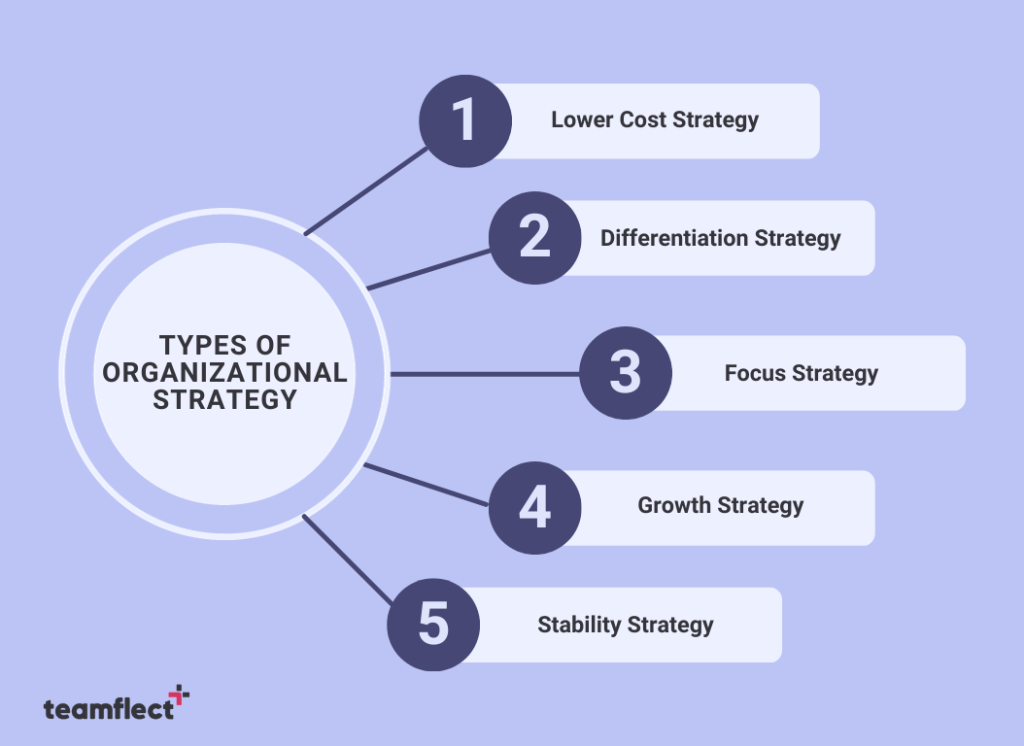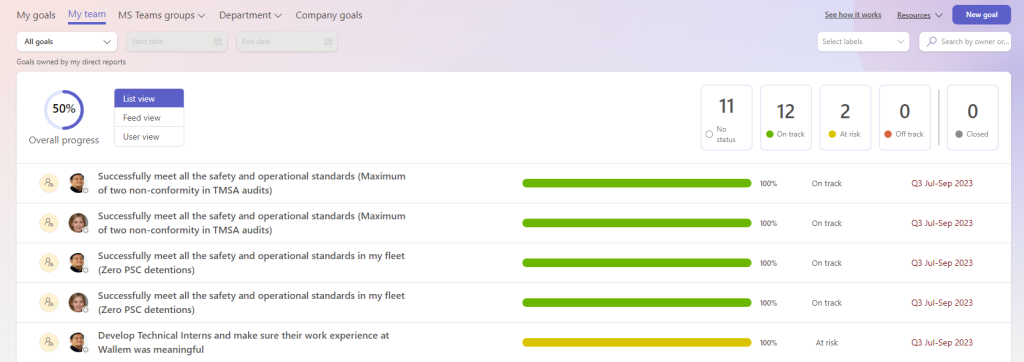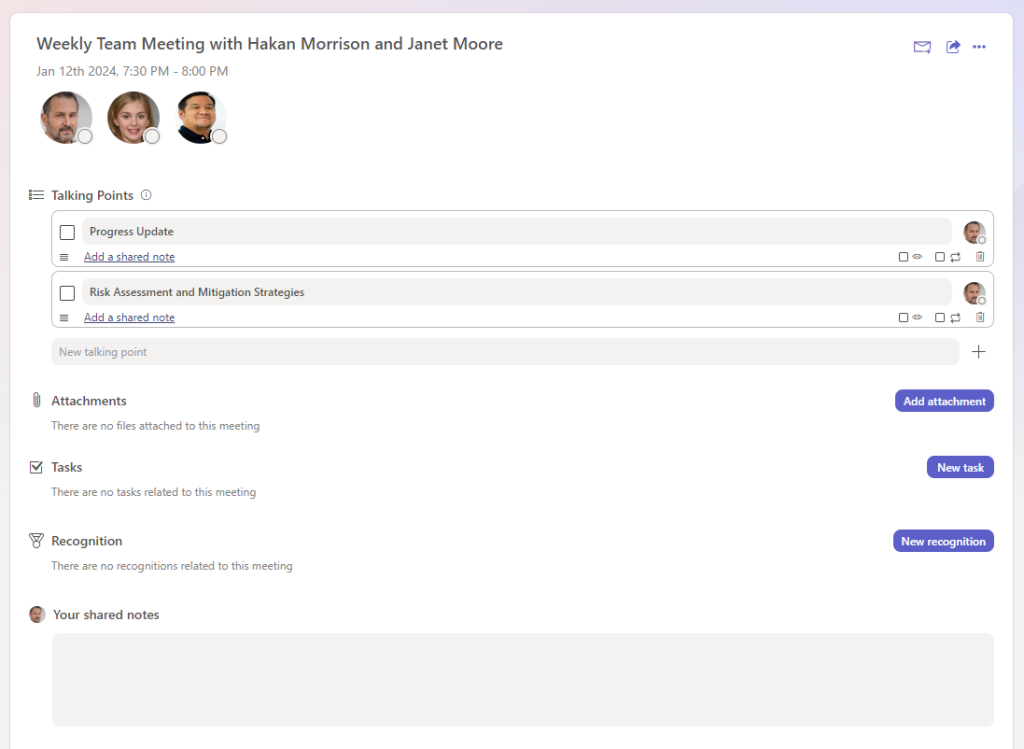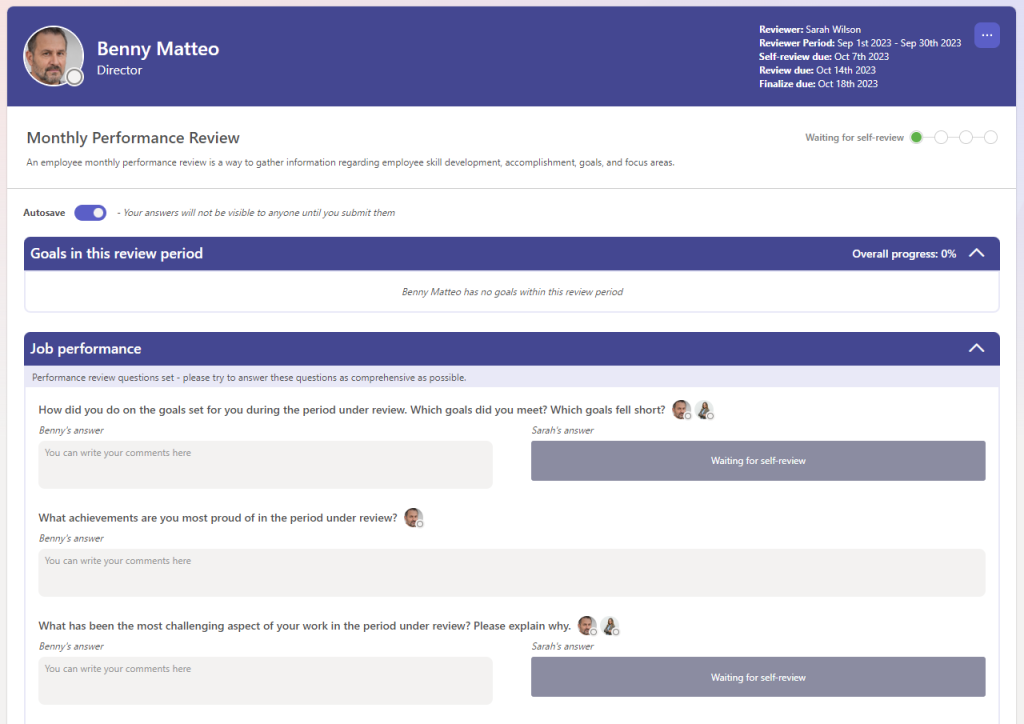What is Organizational Strategy? An organizational strategy is a plan devised to achieve a company’s long-term goals. It’s the roadmap that guides a business from where it is now to where it wants to be in the future.
Organizational strategy involves not just identifying objectives and goals but also allocating resources and setting a series of actionable steps to reach these targets. It’s about making choices that will shape and guide what an organization is, what it does, and why it does it.
Organizational strategies essentially act as blueprints for the most important decisions a company will be making in the upcoming period.
Table of Contents
Types Of Different Organizational Strategies

When we are discussing organizational strategies, it is important to remember that there is no singular perfect organizational strategy. Depending on an organization’s vision, values, goals, and most importantly, their spot in the marketplace, there are various different types of organizational strategies they can implement:
1. Lower Cost Strategy
Focused on becoming the lowest-cost producer in the industry, appealing to a broad market. This strategy aims to gain a competitive advantage by reducing operational costs below that of others. There are plenty of ways an organization can attempt to cut costs. An example of a lower-cost strategy can be workforce automation in order to cut labor costs.
2. Differentiation Strategy
Involves offering unique products or services that stand out in the market. The focus is on innovation, high quality, and unique features that justify a higher price point. One of the most interesting examples of a differentiation strategy is the case of Shake Shack.
Shake Shack has a unique placement in its marketplace, standing somewhere between high-end and fast food. Their pop-up limited-time events truly set them apart from their competitors.
3. Focus Strategy
Concentrates on a specific market niche, catering to a particular segment of the market. Businesses employing this strategy tailor their offerings to the unique needs and preferences of the target group.
A focus strategy while limiting your reach, gives you access to a more loyal and passionate consumer base. The next time your favorite writer suddenly decides to get into young adult fiction, this exact passage should pop into your head.
4. Growth Strategy
This strategy involves expansion through new markets, products, or services. It can include mergers, acquisitions, diversification, or organic growth methods.
A great current example of this is Endeavor’s purchase and merger of the brands WWE and UFC into TKO holdings, expanding their reach into different demographics.
5. Stability Strategy
Aimed at maintaining the current status of the organization without any significant growth or contraction. It’s often adopted by businesses in a stable environment or those seeking to consolidate their operations before embarking on growth.
How To Determine The Requirements For An Organizational Strategy In 4 Steps?
1. Vision and Mission Statements
The vision statement is a clear, aspirational description of what the organization wishes to achieve or become in the long term. On the other hand, the mission statement defines the organization’s core purpose and its primary objectives. It is essentially about the present and what the organization does, whom it serves, and how it does it.
When building your organizational strategy, your mission and vision statements should be the first two things that pop into your head. As long as you don’t stray away from them, you’re off to a good start!
2. Strategic Objectives
Strategic objectives are specific, measurable goals that the organization aims to achieve. They translate the broad aspirations of the vision and mission into tangible targets. They correlate with the types of organizational strategies we’ve highlighted earlier in this article.
A strategic objective could simply be about maintaining the current trajectory, differentiating its position in the marketplace, or expanding a company’s reach. Either way, they are must-haves in determining the requirements for an organizational strategy.
4. SWOT Analysis
What is a SWOT? A SWOT analysis, short for Strengths, Weaknesses, Opportunities, and Threats, is a fundamental component of strategic planning. It involves a thorough assessment of the internal and external factors that can impact the organization’s ability to achieve its objectives.
Understanding strengths and weaknesses gives insight into where the organization currently stands while recognizing opportunities and threats helps in preparing for future challenges and possibilities.
5. Performance Metrics
To ensure the strategy is on track, it’s crucial to establish performance metrics. These are quantifiable measures used to evaluate the success of the organization in achieving its strategic objectives.
At the end of the day, it will be the performance of employees that will determine whether or not an organization will be able to bring its organizational strategies to life.
In order to ensure excellence in that performance, concrete performance metrics have to be set. Regular monitoring of these metrics helps in making necessary adjustments to the strategy, ensuring alignment with the overall goals.
How To Implement Your Organizational Strategy With Teamflect?
When it comes to implementing your organizational strategy, you need the right tools for the job. These tools can include project management, goal setting, or performance management software. In the past, we’ve put together lists highlighting some of the best tools under all those categories and you can reach them here:
That being said, you don’t want to drown your team in multiple tools. If your organization uses Microsoft Teams regularly, you can use Teamflect to implement your organizational strategy with ease. Here is how:
Goal Setting

Once you have completed the research and analysis sections of your organizational strategy, it is time to use the data you’ve gathered through your market research, SWOT analysis, and other prep work to set some SMART goals. You can use Teamflect to easily set goals at organizational, departmental, and individual levels.
Day-to-Day Tasks

To make sure your team is progressing toward their goals effectively, you can create tasks related to each goal at a more day-to-day level and give your team the necessary to-do’s on their way to achieving their goals. You can even make these tasks a part of the goal completion criteria as well.
Regular Check-ins

To make sure your team is sticking to the organizational strategy, conducting regular check-ins is a must. Whether you are conducting one-on-ones or team meetings, you can use Teamflect’s Meetings module to create Microsoft Teams meeting agendas with talking points, action items, shared & private meeting notes, and more.
You can also use these meetings to deliver quality feedback through effective templates, assign tasks, reflect on goal progress, and more.
Reviews

We’ve already discussed the importance of determining key performance metrics while devising your organizational strategy. You can hold your team up to those standards by conducting performance appraisals with ease inside Microsoft Teams, using digital, customizable, and intuitive templates.



